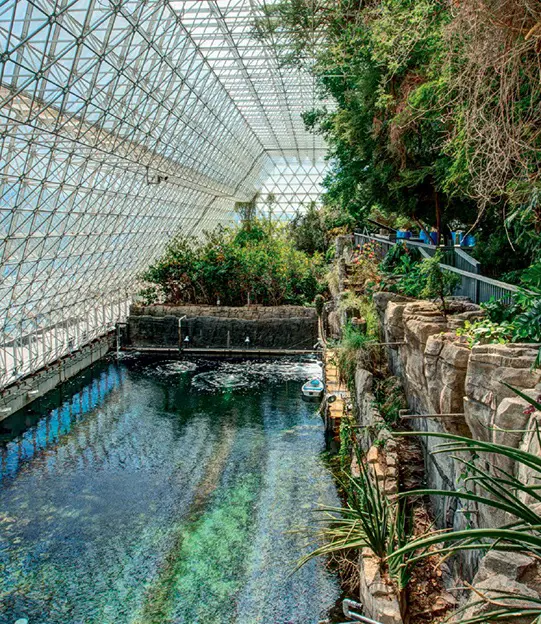Biosphere 2, a groundbreaking experiment initiated in 1991 near Tucson, Arizona, aimed to deepen our understanding of the Earth’s biosphere by creating a self-sustaining artificial environment. This ambitious project, set within a three-acre indoor facility, was designed to explore the viability of establishing artificial biospheres on other planets. The facility housed seven biome regions, including an ocean, rainforest, coral reef, wetlands, savanna, and desert, each meticulously crafted to mimic natural ecosystems.
A team of six Biospherians embarked on a two-year journey of living entirely within this closed system, relying solely on the facility’s resources and sunlight. The experiment’s core objective was to maintain ecological balance and self-sufficiency in food and oxygen production and recycling. However, the crew faced several unforeseen challenges that impacted the experiment’s outcomes.
Fluctuating CO2 levels, influenced by the facility’s concrete structure, and unexpected soil moisture changes due to water vapor condensation presented significant hurdles. Aggressive plant growth altered the energy balance, and oxygen levels dropped, necessitating external supplementation. These challenges led to criticisms and debates about the experiment’s success.
Despite these difficulties, the Biosphere 2 experiment was far from a failure. It provided invaluable insights into the complexities of large closed ecosystems, offering lessons applicable to our understanding of Earth’s biosphere. The experiment’s findings continue to inform research in environmental science, closed ecological systems, and space colonization.

